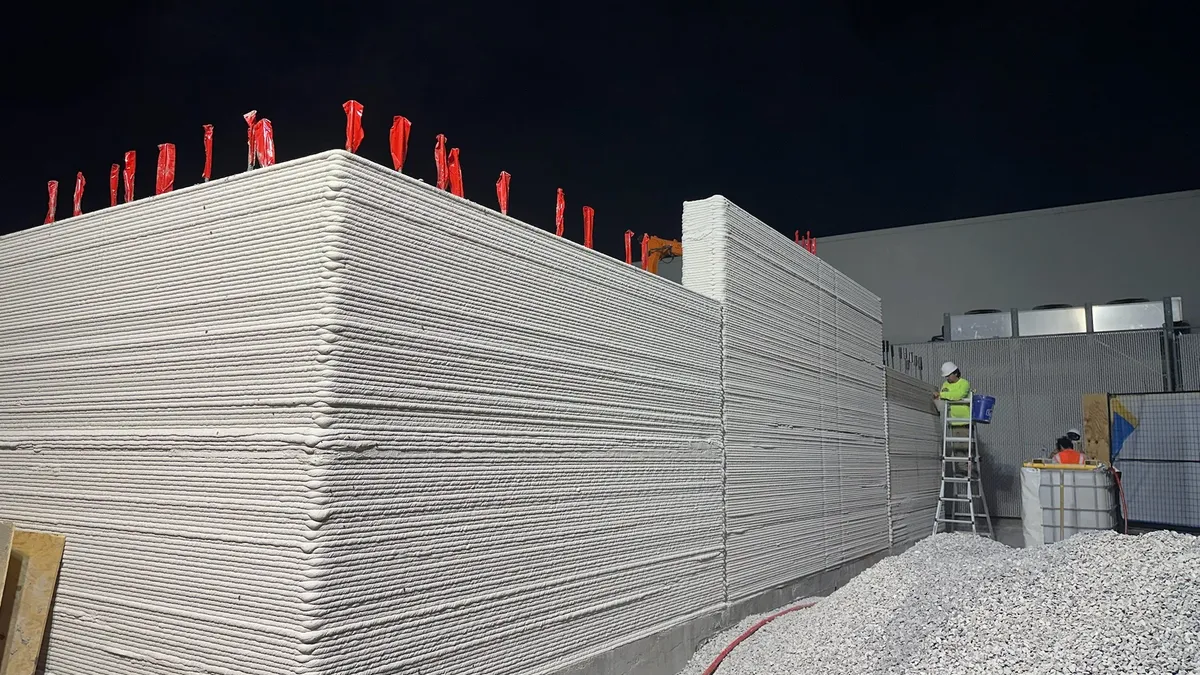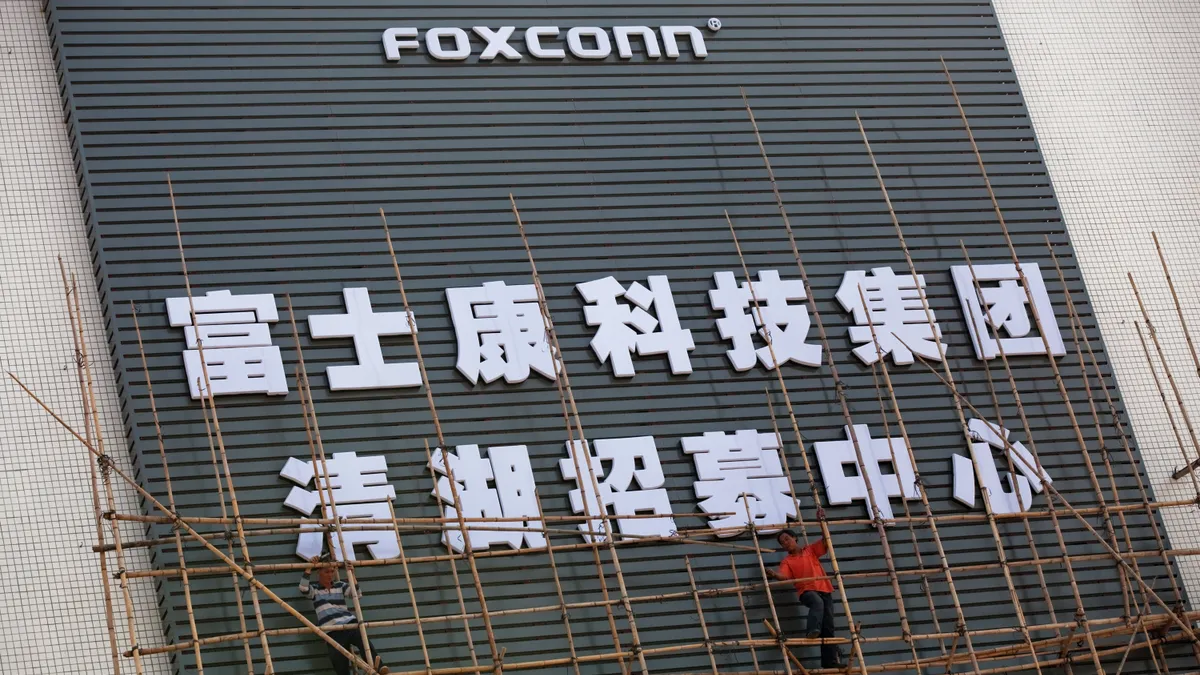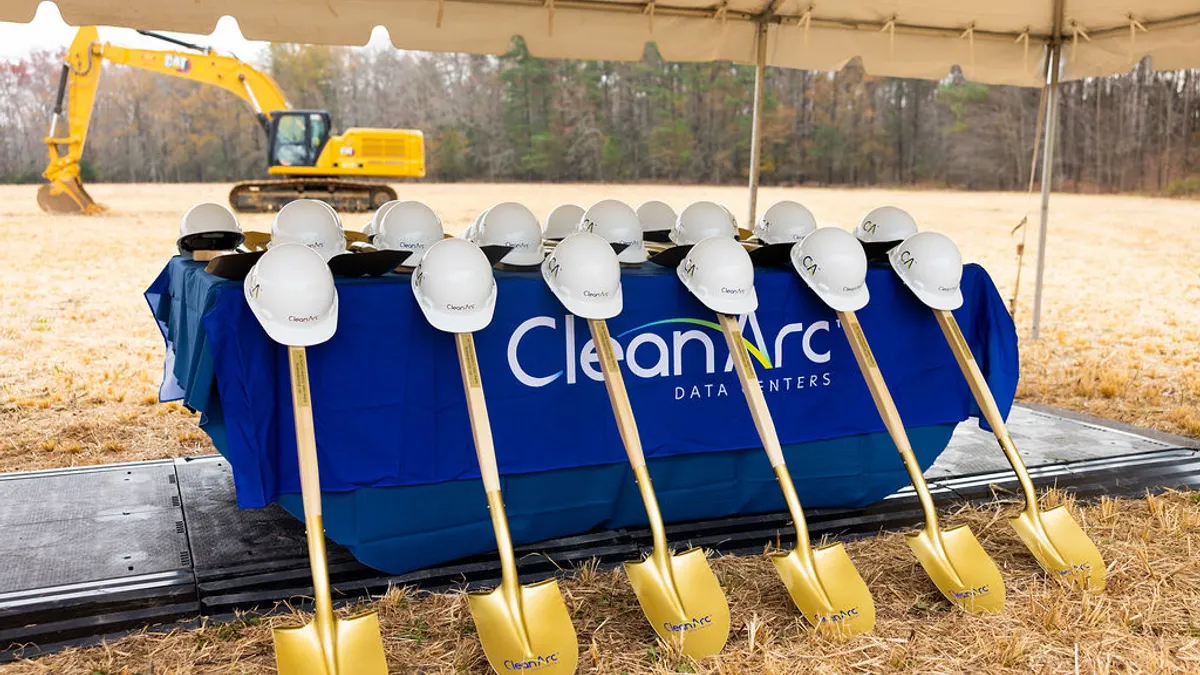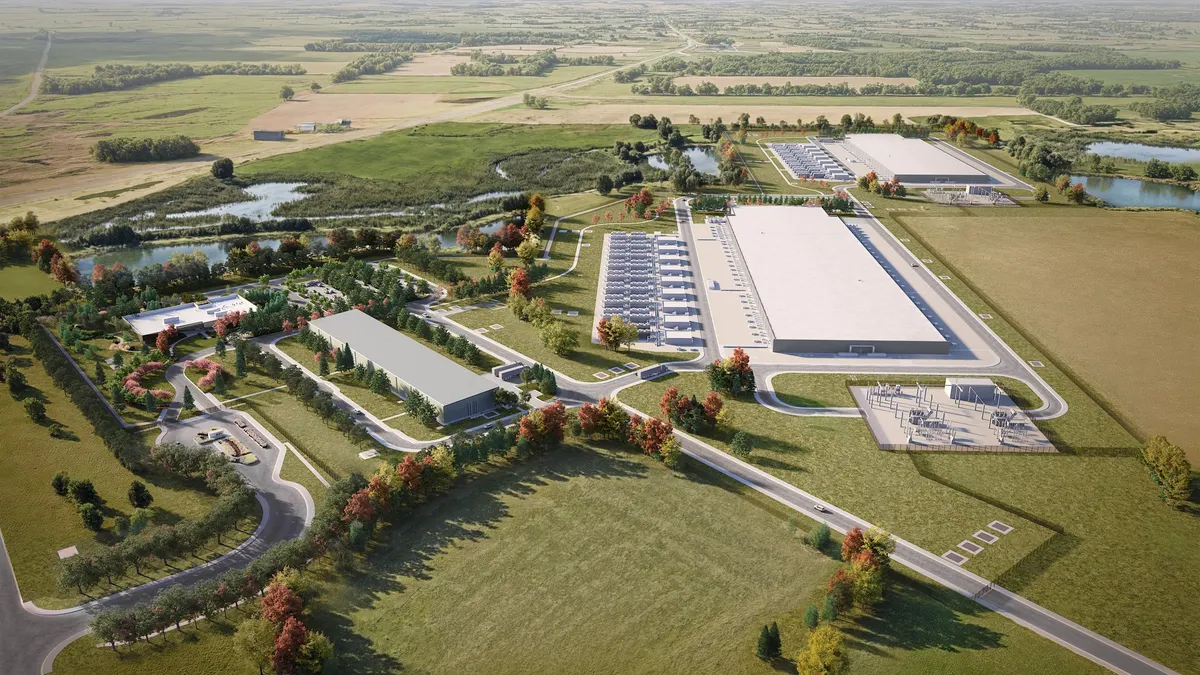With the presidential election less than a week away, American voters are preparing to make their final decision at the ballot box between Democratic candidate Hillary Clinton and Republican candidate Donald Trump. Regardless of the winner, one major question remains: How will the next president impact the construction industry?
Both candidates have emphasized the need for boosting infrastructure investment during their campaigns, but experts have criticized the plans for lacking detail. Housing issues have received even less attention during this election cycle, as economic policy hasn’t seen as much play amid the seemingly endless stream of controversies throughout the campaign. And, of course, even with promises to change policy and pass new legislation, the likelihood that the next administration will easily implement significant reform isn’t high.
Here’s what we know about each candidate’s proposals that would affect construction, as well as industry experts’ take on the different approaches.
Infrastructure
The nation’s crumbling infrastructure has become a talking point for both major parties during the election. A February American Road and Transportation Builders Association study found that approximately 10% of the nation's bridges were structurally deficient in 2015. In May, the American Society of Civil Engineers reported that the U.S. will lose an estimated 2.5 million jobs and $4 trillion in gross domestic product over the next decade if it can't overcome the impending $1.44 trillion deficit in infrastructure funding.
Although Congress passed a five-year, $305 billion highway bill in December, construction industry groups said the Fixing America’s Surface Transportation Act didn't go far enough, as it failed to resolve how Congress will pay for the bill long-term and didn't establish a permanent solution for future infrastructure funding needs.
The candidates’ infrastructure plans
Clinton announced her five-year, $275 billion infrastructure proposal in May and promised to roll it out during her first 100 days in office. Clinton said her plan, which involves establishing a national infrastructure bank to fund major projects, would be "as big — in fact bigger in some ways — than what President Eisenhower did" with the interstate highway initiative, according to The Hill. North America's Building Trades Unions, an alliance of 14 national and international unions, endorsed Clinton in December, soon after she first announced her transportation plan.
Trump revealed his $1 trillion infrastructure plan in October. Unlike Clinton’s infrastructure bank funding approach, Trump’s program would be largely funded through private investment, with tax credits going to investors willing to put up an equity stake in revenue-generating projects like toll roads, airports and utilities. Officials said the cost of the tax credit would be offset by employee and company taxes generated by the volume of work.
Implications for the construction industry
Jeff Shoaf, senior executive director for government affairs for the Associated General Contractors of America, isn’t optimistic that either candidates’ plan will come to fruition. “Trump’s plan doesn’t have a lot of specificity on where the money comes from, but neither does Clinton’s. You’re talking about spending big dollars but refusing to identify your big dollars,” he said. “To a certain extent, they’re both works of fiction.”
Shoaf noted that the increased attention to infrastructure issues is a step in the right direction. Regardless of who wins, he doesn’t expect sweeping infrastructure reform to be passed anytime soon due to the likely narrow margins for the two major parties in the House and Senate after the election as well as the general divisiveness of the election. Shoaf said a more feasible approach to infrastructure would be to identify ways to boost the Highway Trust Fund and extend the FAST Act.
“I would love to have a ‘Kumbaya’ moment after the election where everybody decides we need to get together as a country to make improvements to help grow the economy, but we haven’t turned that page in the rhetoric,” he said. “This is definitely not a unifying election that’s bringing the country around a central theme.”
Another wrinkle to the infrastructure conversation has been introduced by critics who worry that investing heavily in transportation projects and construction jobs is a bad idea amid the skilled labor shortage that has been plaguing the industry, as they say contractors might not be able to find workers to staff the new jobs.
The AGC has attempted to quell those fears, emphasizing that different labor markets — including geographic regions and sectors within the industry — face different problems. Because public construction spending has lagged behind the other sectors, there is likely “a lot more slack in that labor market,” Brian Turmail, senior executive director of public affairs for the AGC, said. “If the funding came through, our guys would find a way to put the workers onto the job.”
Shoaf added that a long-term solution to the nation’s infrastructure funding woes would signal to job seekers that a lucrative career in the industry is possible. “Anything they can do to give career certainty to folks considering construction or people who were in construction would be terrific for us finding a long-term workforce to fulfill the needs of the country,” he said.
Housing
The homebuilding industry is hoping that the next president will be more aggressive in helping accelerate the housing industry’s recovery, according to an August report from The Hill. Critics have said that while the Obama administration was effective in reducing risky lending practices and protecting consumers, it didn’t focus enough on streamlining regulations and mortgage reform.
While housing has been slowly climbing out of the recession, homebuilders say that high regulatory costs as well as a shortage of lots, labor and lending are keeping inventory tight and prices high. With those rising costs, younger buyers are being priced out of the market, as first-time buyers only represent 33% of home sales — well below their prerecession share of 40%, according to Realtor.com.
The candidates’ housing plans
In February, the National Association of Home Builders lauded Clinton's $25 billion housing plan, which is a key component of her $125 billion economic revitalization program. Clinton’s campaign said the initiative would help with down payments, provide housing counseling, expand credit risk criteria beyond credit scores, offer more affordable rental housing and clarify lending rules. A top economic advisor to Clinton told the NAHB Board of Directors in August that housing would be a priority for Clinton's administration.
Trump, on the other hand, has promised to slash regulations to give the housing industry a boost, citing high building costs and low homeownership rates. While Trump didn't offer many specifics about his housing and economic plans, he told the NAHB Board of Directors that he would eliminate any regulations that "kill jobs," reduce income taxes on businesses to 15%, remove bureaucrats who have implemented regulations that hurt job growth and appoint Supreme Court justices who would have a positive impact on the industry.
Implications for the homebuilding industry
Homebuilding experts have been disappointed with the lack of attention to housing issues during this election cycle. “There has been a big opportunity that has been lost,” Jim Tobin, executive vice president and chief lobbyist at the NAHB, said. “The campaign seems to be dominated by emails and audio tapes, but not kitchen table issues that American families care about.”
Tobin said each candidate has stances that align with housing interests. Trump’s promises to cut regulations strongly appeal to homebuilders, who point to a May NAHB report that found that 24.3% of a home's final selling price, on average, comes from federal, state and local regulatory costs.
“That’s one of the key differences between the candidates,” Tobin said. “Donald Trump would be a little bit more careful about rulemaking in the course of his term. On the converse, Clinton will use the regulatory process much in the way Obama has.”
He expressed concern regarding both candidates’ mentions of tax reform, as housing and small businesses could be greatly affected by any changes in the tax code. However, Tobin noted that Clinton has also discussed reforming Fannie Mae and Freddie Mac — a move that appeals to homebuilders who want to improve American homeowners’ access to credit.
Overall, housing experts hope the next president will aid the industry's ongoing recovery. “It’s important that they continue to remove the barriers to homeownership and affordable rental,” Tobin said. “Creating incentives or making sure incentives don’t go away, and finding ways for the economy itself to accelerate.”




















